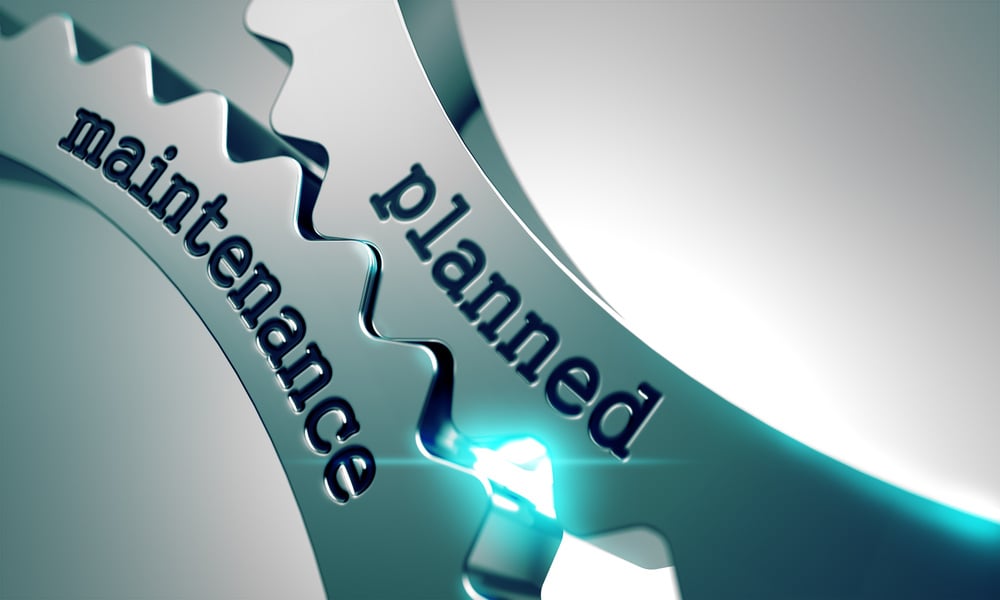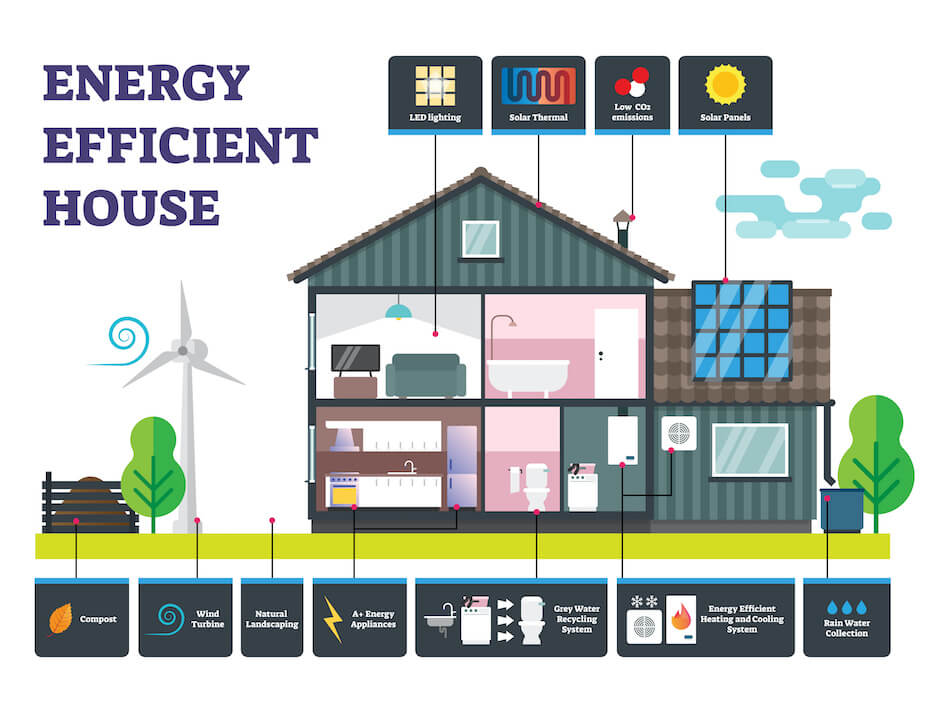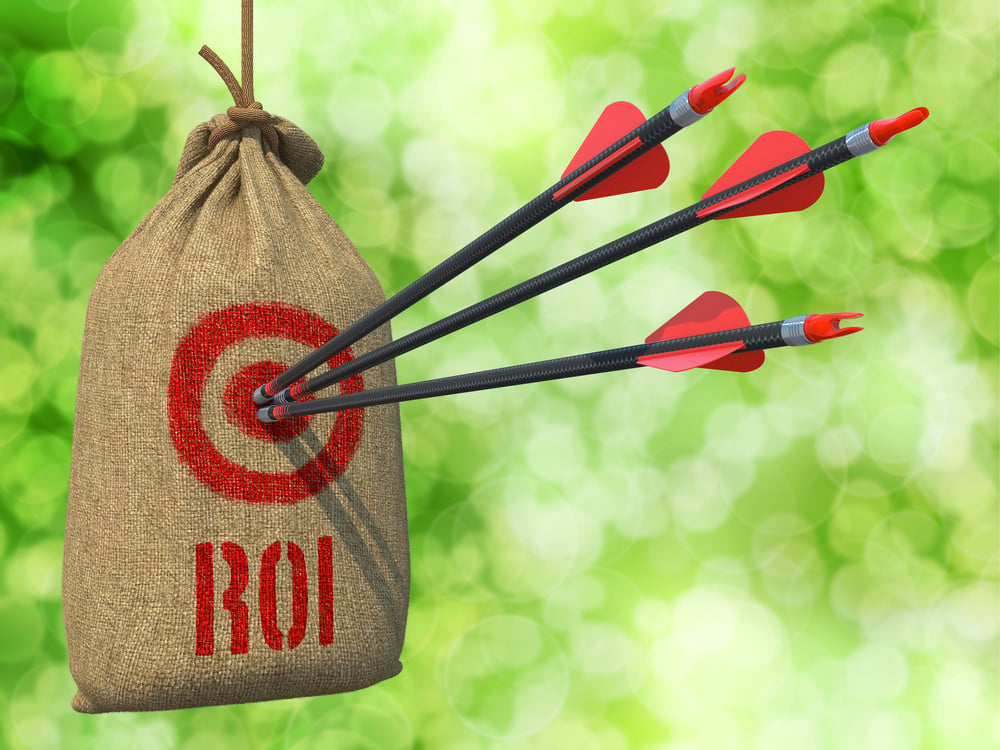How Much Does Solar Cost? The Complete Guide to Budgeting for Solar Energy
So, you’re thinking about going solar? Great choice! Solar power is one of the best ways to save on electricity bills, reduce your carbon footprint,...
7 min read
Peter Swenson : Oct 28, 2024 4:55:53 PM

Going solar is a big decision, and one that comes with exciting benefits—like lowering your energy bills and reducing your environmental footprint. But here’s the thing: solar panels aren’t a “set it and forget it” solution. Like anything else in your home, solar systems need some TLC to keep performing at their best. Taking care of your solar panels not only keeps them operating efficiently but also extends their lifespan, ensuring you get the maximum return on your investment.
In this guide, we’ll cover everything you need to know about maintaining your solar panels to keep them running smoothly and efficiently for years to come. From routine cleaning and inspections to understanding warranties and deciding whether to hire a professional, we’ll walk through each step to help you get the most out of your solar system.
Solar panels are designed to be durable and withstand harsh weather conditions, but they’re not indestructible. Over time, dirt, debris, and general wear can lower their efficiency and shorten their lifespan. Regular maintenance keeps them clean and free from obstructions, ensuring that sunlight can reach the panels and generate as much energy as possible.
Imagine driving a car for years without ever changing the oil or checking the tire pressure—eventually, it’s going to have problems. The same principle applies to solar panels. By keeping up with maintenance, you can prevent minor issues from turning into major ones and keep your system running at peak efficiency. Proper maintenance also makes it easier to spot and address problems early, which can save you money on repairs or replacements in the long run.
Routine maintenance for solar panels isn’t overly complicated, but it’s essential for keeping your system in top shape. Here’s a breakdown of the basic maintenance tasks that can help your panels perform optimally.
Keeping your solar panels clean is one of the most important aspects of maintenance. Dirt, dust, bird droppings, leaves, and other debris can block sunlight, reducing the amount of energy your panels generate.
How Often to Clean: Depending on your location, panels should typically be cleaned 1-4 times a year. If you live in an area with frequent rain, the rainwater may be enough to keep them clean most of the time. However, in dry or dusty areas, or if your panels are prone to bird droppings, you might need to clean them more often.
How to Clean: Use a soft sponge or a non-abrasive cloth with soapy water. Avoid harsh chemicals that could damage the panel’s surface. Gently scrub the panels, rinse them with clean water, and let them air dry. Avoid using high-pressure water hoses, which could damage the panels or their seals.
Safety Tip: If your panels are located on your roof, be cautious when cleaning or consider hiring a professional. Safety should always be a priority, especially on steep or slippery surfaces.
While cleaning is a crucial part of maintenance, inspections allow you to catch potential issues early. During an inspection, you’ll want to check for any signs of damage, dirt buildup, or electrical issues that could impact performance.
What to Look For:
How Often to Inspect: Conduct a basic visual inspection every 3-6 months. For a more thorough inspection, an annual check-up by a professional can help identify any underlying issues you might miss.
Sometimes, despite regular cleaning and inspections, you might notice your system isn’t performing as well as it should. Here are a few common issues and simple troubleshooting tips:
Sudden Drop in Output: If your energy production suddenly drops, check if something is obstructing the panels or if there’s a buildup of dirt or debris.
Inverter Issues: Inverters are key components that convert solar energy into usable electricity. If you notice your inverter isn’t working correctly (e.g., flashing lights or error messages), try restarting it. If the issue persists, it might need servicing or replacement.
Panel Shading: As trees grow, they may start casting shadows on your panels. If shading has increased, consider trimming back branches to restore sunlight exposure.
Keeping an eye on your system’s energy output is also a helpful way to monitor its health. Many solar systems come with monitoring software or apps, which can alert you to performance changes in real-time.
Warranties are your safety net when it comes to solar panel maintenance and repair. When you buy a solar system, it typically comes with different types of warranties, each covering specific aspects of the system. Understanding your warranties can save you money and help you avoid unexpected costs down the line.
The product warranty, sometimes called a manufacturer’s warranty, covers the physical components of the solar panels, like the glass, frames, and wiring. If any part of the panel is defective or breaks due to manufacturing issues, the product warranty will typically cover repairs or replacements.
Duration: Most product warranties last 10-25 years, depending on the brand and quality of the panels.
Coverage: This warranty usually covers issues like panel defects, manufacturing flaws, and any premature material wear. However, it doesn’t cover damage due to improper maintenance, severe weather, or physical impacts (like hail or debris).
A performance warranty guarantees a certain level of efficiency for your panels over time. Solar panels naturally lose efficiency as they age, but a performance warranty promises that this loss won’t exceed a certain threshold.
Typical Guarantee: Most performance warranties ensure that the panels will produce 80-90% of their original efficiency after 25 years.
What It Covers: If your panels lose efficiency faster than specified, the manufacturer may replace or repair them. However, you’ll need to demonstrate that the decline isn’t due to poor maintenance or external damage.
Inverters and batteries are also covered by warranties, though their terms are usually shorter than panel warranties.
Inverter Warranty: Typically lasts 5-15 years and covers repairs or replacements for issues with the inverter.
Battery Warranty: Usually covers 5-10 years or a specific number of cycles (charge and discharge cycles). Battery warranties may have more conditions, so it’s essential to read the fine print.
Some solar providers offer service plans that cover regular maintenance, repairs, and system check-ups beyond the standard warranty. Service plans can be a good option if you prefer a hands-off approach to maintenance or if your system requires frequent upkeep due to environmental factors.
Deciding whether to handle maintenance yourself or hire a professional depends on your comfort level, the complexity of the task, and your specific solar setup. Here’s a look at the pros and cons of each approach.
Many homeowners choose to handle basic cleaning and inspections on their own, which can save money and allow for regular, hands-on care.
Pros:
Cons:
Hiring a professional for solar maintenance ensures that your system is handled with care and expertise. Many companies offer maintenance packages or one-time service visits to meet your needs.
Pros:
Cons:
For most homeowners, a mix of DIY maintenance and occasional professional inspections strikes a good balance, allowing you to keep costs down while ensuring your system remains in peak condition.
While solar panels are low-maintenance compared to other energy systems, they still require occasional upkeep and repairs. Here’s an overview of what you can expect in terms of costs.
Professional cleaning services for solar panels typically cost between $100 and $300 per visit, depending on the size of your system and accessibility. If you live in an area with frequent dust or bird activity, you may need more frequent cleanings, which could add up.
A professional inspection generally costs between $150 and $300. Some companies offer annual maintenance packages that include inspections, cleanings, and minor repairs for a flat rate, which can be cost-effective if you prefer not to handle maintenance yourself.
Solar panels are highly durable, but repairs can be necessary if you experience physical damage or component failure.
Panel Replacement: If a panel is damaged or underperforming, replacement costs range from $200 to $500 per panel.
Inverter Replacement: Inverters are crucial for converting solar energy into usable electricity, and they typically need replacement every 10-15 years. Inverter replacement costs are around $1,000 to $2,000.
Battery Maintenance or Replacement: If you have a battery storage system, maintenance or replacement can be costly. Replacing a lithium-ion battery could cost between $5,000 and $10,000 depending on capacity.
Many solar providers offer service plans that cover maintenance and repairs for an annual or monthly fee. These plans range from $150 to $500 per year, depending on the level of service included.
Maintaining your solar panels may seem like a chore, but it’s a small effort for a significant return. With the right approach, you can keep your system running smoothly and maximize its lifespan. Here are a few final tips for getting the most out of your solar investment:
Clean Regularly: Keep panels free from dirt, debris, and obstructions for optimal energy production.
Monitor Output: Use a monitoring app or software to track performance and catch any sudden changes in output.
Inspect for Shade: Keep an eye on shading, and trim trees or branches as necessary to ensure maximum sunlight exposure.
Take Advantage of Warranties: Understand what your warranties cover and make use of them if components underperform or experience defects.
Consider a Service Plan: If you prefer peace of mind, a service plan can simplify maintenance and ensure professional care.
With regular care, your solar panels can provide clean, cost-effective energy for decades. By staying proactive about maintenance and making use of warranties and professional services when needed, you’ll ensure a long, productive life for your solar investment. Going solar is about more than just saving money; it’s about making a sustainable choice that benefits you and the environment. Keep those panels shining, and enjoy the rewards of clean energy for years to come!

So, you’re thinking about going solar? Great choice! Solar power is one of the best ways to save on electricity bills, reduce your carbon footprint,...

6 min read
Thinking about going solar? That’s an amazing step toward reducing your energy bills and making your home greener. But before you dive into...

6 min read
Switching to solar energy is an exciting decision, but it’s also a big investment, so knowing the financial benefits upfront is essential....